How to Know If a Free Photo Is Safe for Commercial Use
Using free photos for commercial purposes can be tricky if you don’t know how to verify their licensing. Misusing photos can lead to legal, financial, and reputational risks. In this guide, we’ll explain how to confidently determine whether a free photo is safe for commercial use.
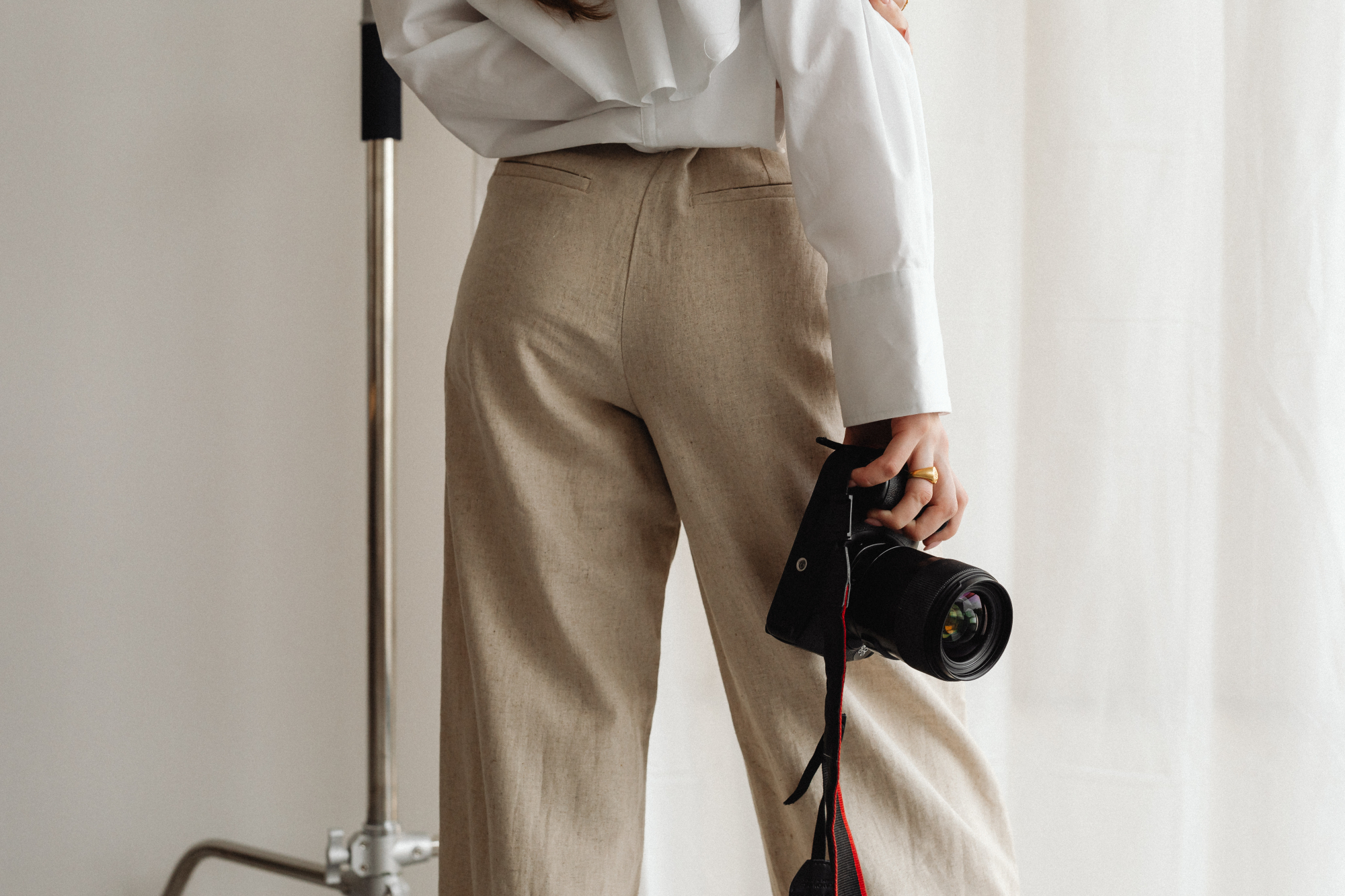
What Does ‘Commercial Use’ Mean?
Let’s say you’re a social media manager or run a small marketing agency on Instagram. You share moodboards or aesthetic collages using photos you found online. Now, here’s the distinction:
Commercial use: If you post those photos to attract clients, promote your services, or sell a product, that’s commercial use. For example, using a stock photo in an ad for your agency or in a paid client project qualifies as commercial use.
Personal use: If you post a photo just for fun on your personal Instagram, with no intention of making money, that’s personal use. For example, uploading a vacation photo to share with friends.
Why does this matter? Commercial use usually requires permission or a proper license, while personal use has fewer restrictions. Knowing the difference can save you from legal headaches.

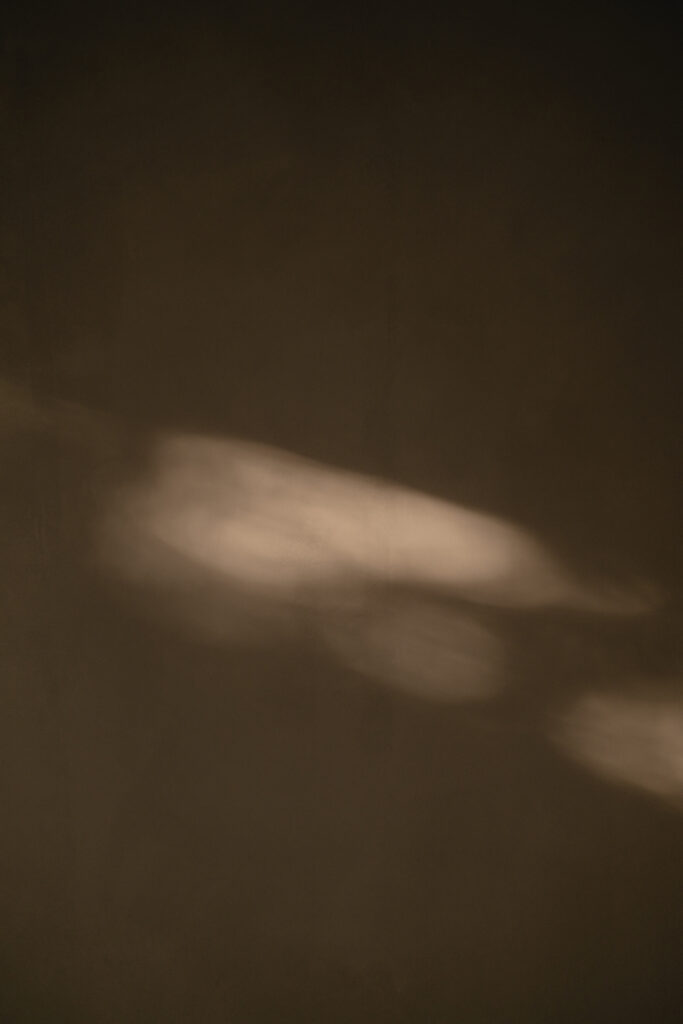
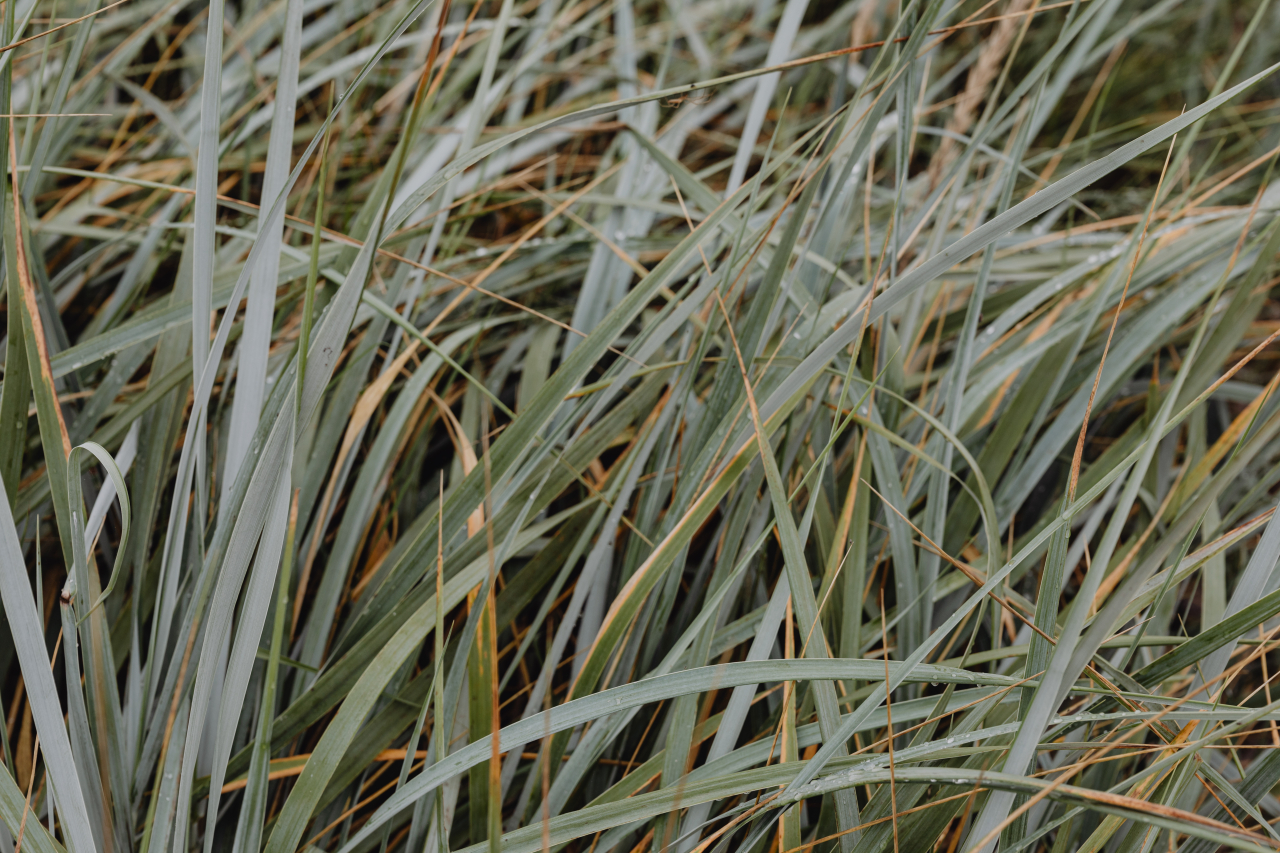
How to Check If a Photo Is Safe for Commercial Use
On paid stock photo platforms, each image is usually marked clearly with its intended usage—commercial or editorial. Free stock platforms don’t typically have this feature, and it makes sense why: they often lack the budget for such detailed categorization, as tagging every image for specific uses is time-consuming and costly.
However, free stock sites do mention in their licenses that images can be used for both commercial and non-commercial purposes. But here’s the catch—it’s up to you, the user, to be aware and responsible.
Evaluate the Photo
If the image contains any of the following, proceed with caution:
- Logos or trademarks: Can you just remove the logo? Sometimes yes, but not always. For example, removing the Apple logo from a MacBook might solve the issue if the product isn’t central to the photo’s message. However, for many trademarks, the context matters—removing the logo doesn’t always mean it’s free to use.
- Faces of people: Check the license to see if it mentions model releases. Even if the license allows commercial use, avoid contexts that could harm the model’s reputation. For example, don’t use their image in ads for controversial products or topics like gambling, political campaigns, or anything unethical.
- Works of art or architecture: These can be tricky. Unique buildings or famous artworks are often protected by copyright. Before using such photos, consider researching whether the artwork or building is protected. A quick online search can reveal if a specific piece of architecture or art has copyright restrictions. For example, websites like Getty Images Wiki provide detailed information about various artworks and landmarks, including their copyright status. Reach out to the photographer—they may help you connect with the artist or provide insights into obtaining permission. Always err on the side of caution and verify legal details when in doubt.
- Private property: Does the image show someone’s home, garden, or other private spaces? If so, check the license for property releases. If there’s no mention, you likely need explicit permission from the property owner.
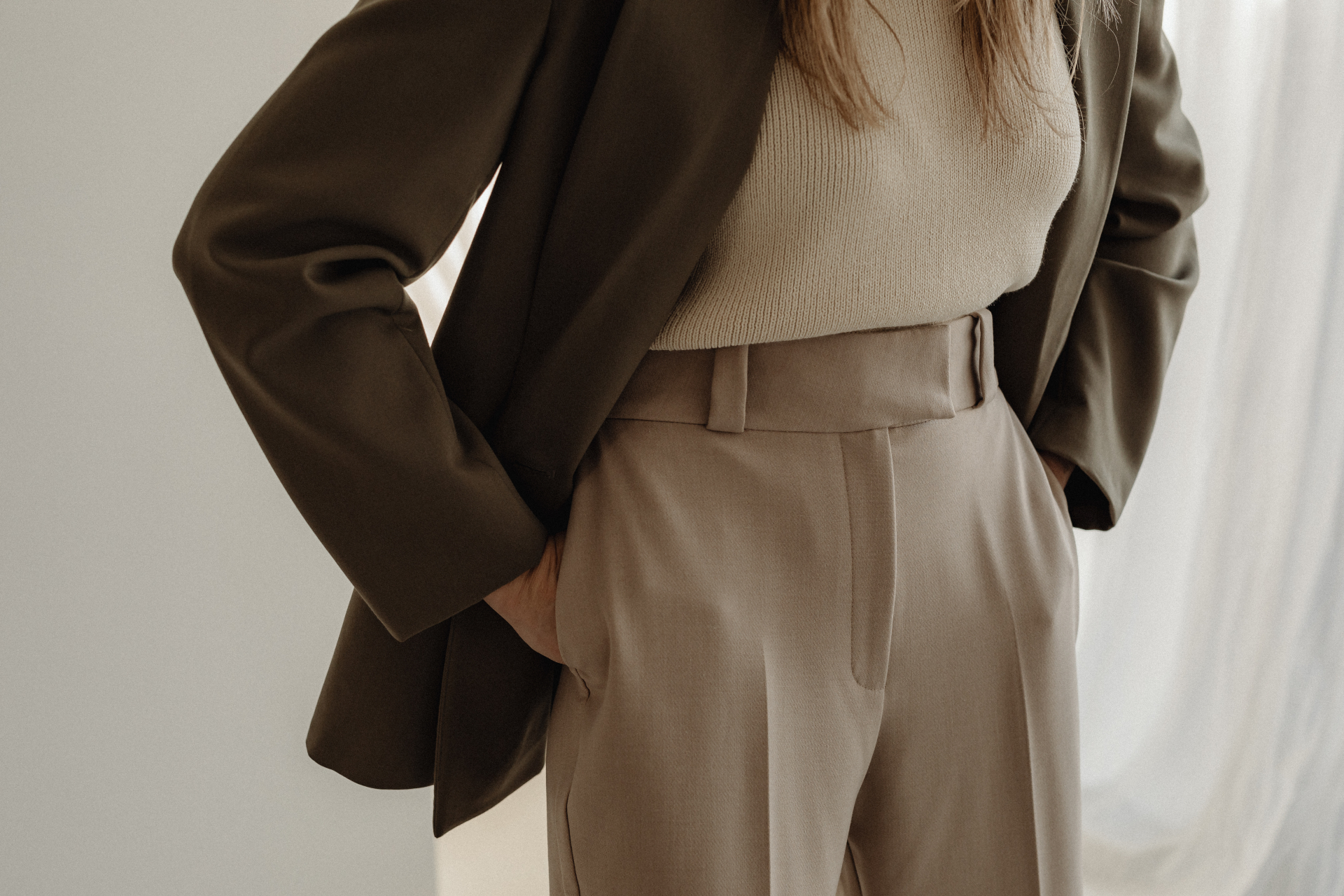
Handling Logos or Trademarks in Photos
Logos or trademarks in photos can be tricky to navigate. In some cases, removing a logo might resolve the issue, but this depends heavily on the context and how the photo is used. For instance, erasing an Apple logo from a MacBook could make the image safer for commercial use, especially if the focus of the photo is on the workspace or environment rather than the product itself.
However, even if the logo is removed, there are situations where the design of the product or other recognizable features could still pose a risk. For example:
- Iconic designs: Some brands, like Apple or Coca-Cola, have products so distinctive that their shape or color can be identified even without a logo. These elements are often protected by trademark law.
- Context of use: If the image portrays a trademarked item in a way that implies endorsement by the brand, even without a visible logo, it could lead to legal issues. For example, using a blurred or altered logo in a direct advertisement for a competing product could still result in a trademark dispute.
When in doubt, consider reaching out to the photographer or brand for permission, or use a similar photo from a trusted stock source that is cleared for commercial use.
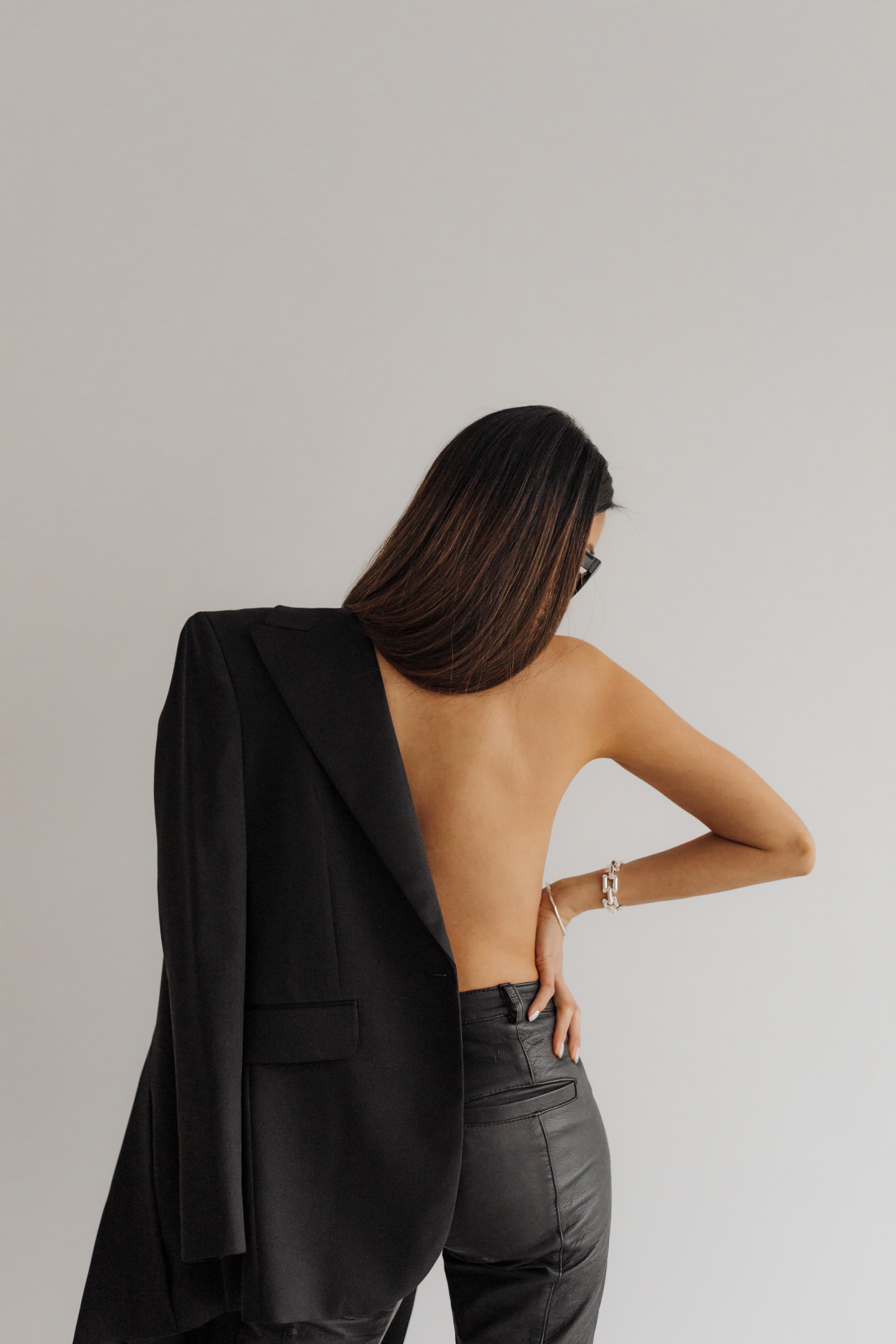
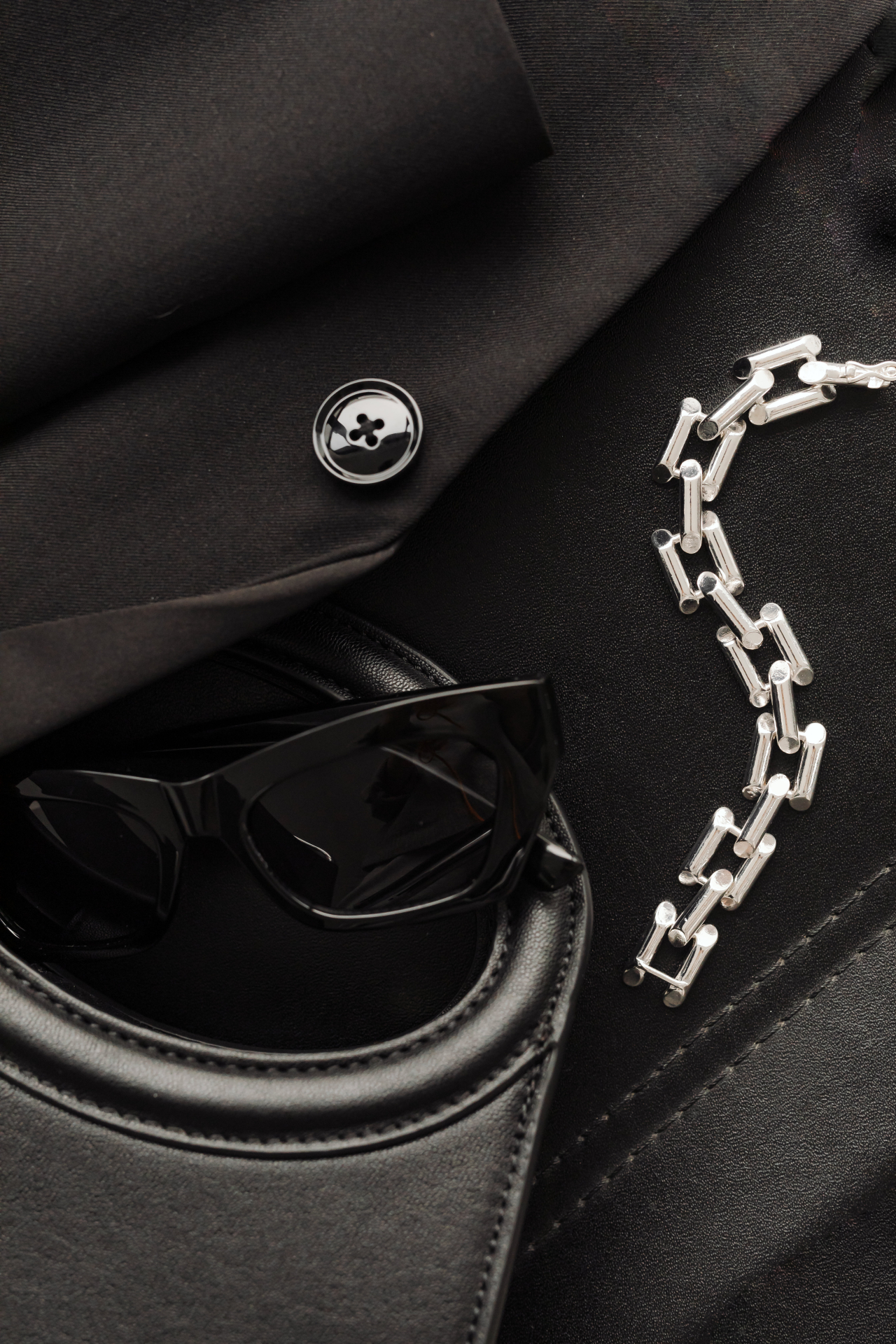
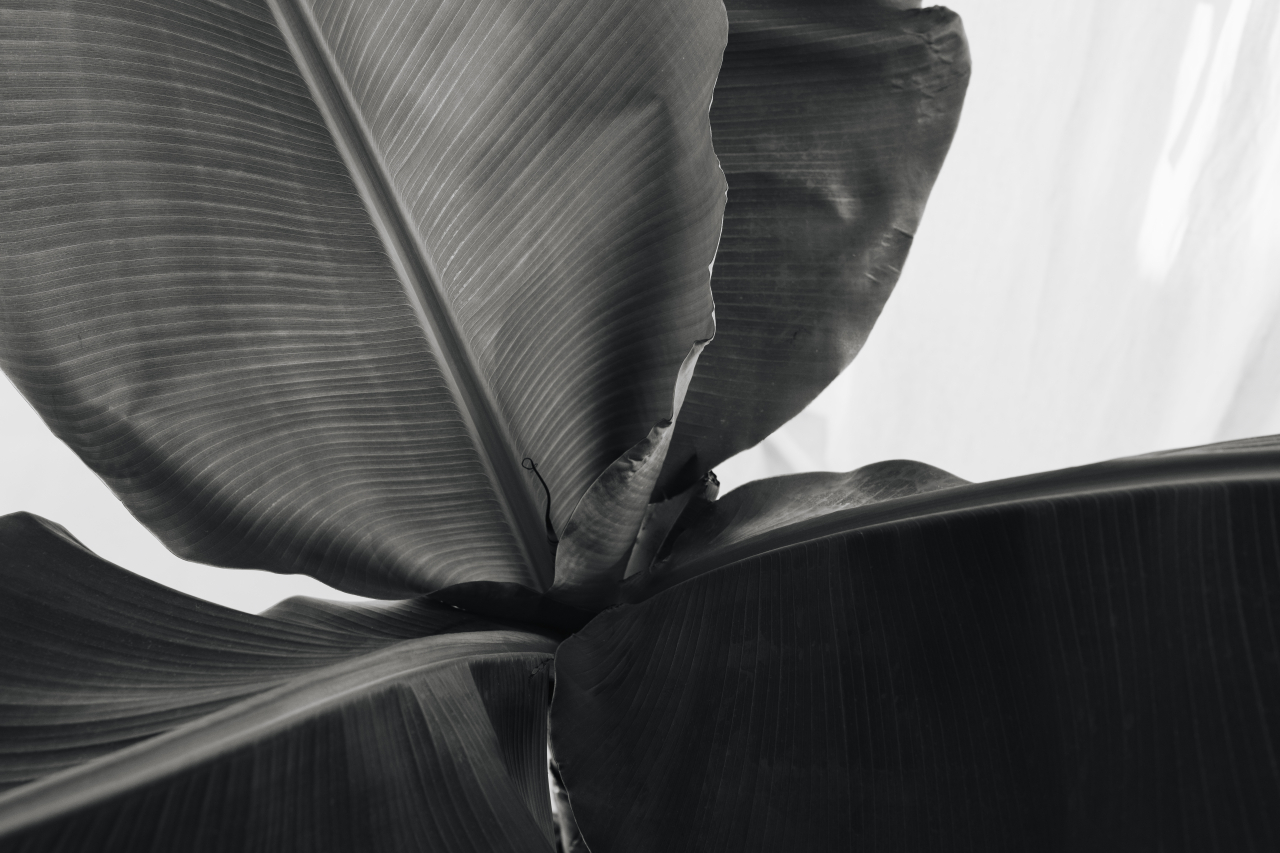
Can Private Property Be Used Without a Property Release?
Private property in photos can be tricky, especially if the license doesn’t mention a property release. However, there are exceptions where such images might still be usable:
Generic property: Photos of non-distinctive, ordinary interiors or exteriors (like a standard hotel room or a generic park bench) are usually safe to use without explicit permission, as long as there are no identifiable logos, artworks, or unique features.
Publicly visible property: If the property is visible from a public place (e.g., a building seen from the street), it’s generally safe to use the image commercially. However, distinctive landmarks or architecture may still be protected by copyright or trademark law.
Undistinguishable elements: If the private property is shown in a way that it cannot be recognized (e.g., a close-up of a neutral wall or a blurred background), the risk of needing a release diminishes.
For unique or recognizable private property, err on the side of caution and seek permission, especially if the image will be used in advertisements or other high-visibility commercial projects.
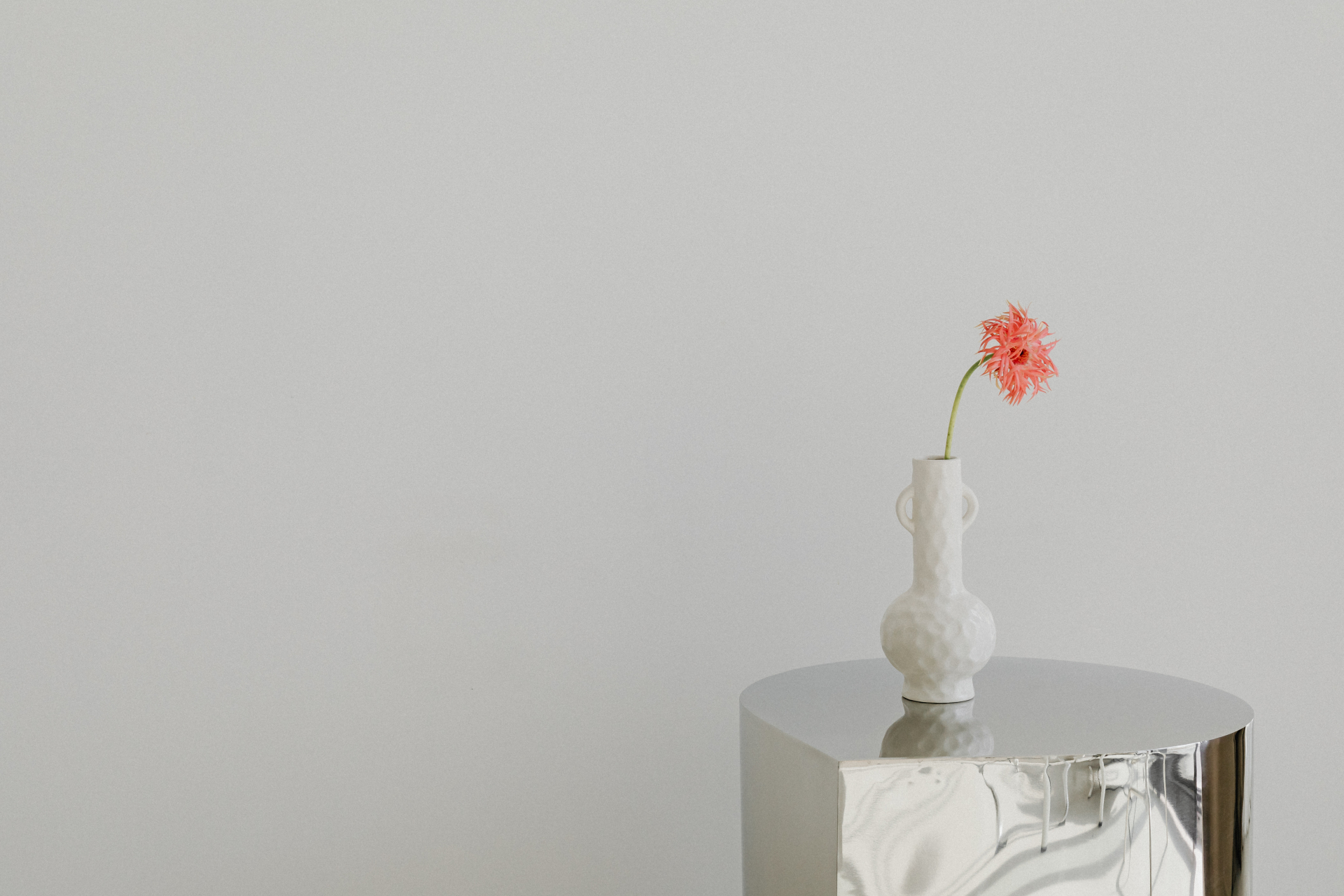
Examples of Safe Photos for Commercial Use
Below, you’ll see a selection of photos that are great examples of what’s typically safe for commercial use. These images avoid logos, trademarks, or distinctive designs that might be protected by copyright or trademark law. They feature neutral objects, unbranded furniture, and generic scenes that work perfectly for ads, websites, or any professional project. Use this as a guide when choosing your own images to ensure you’re staying on the right side of the law and keeping things hassle-free.
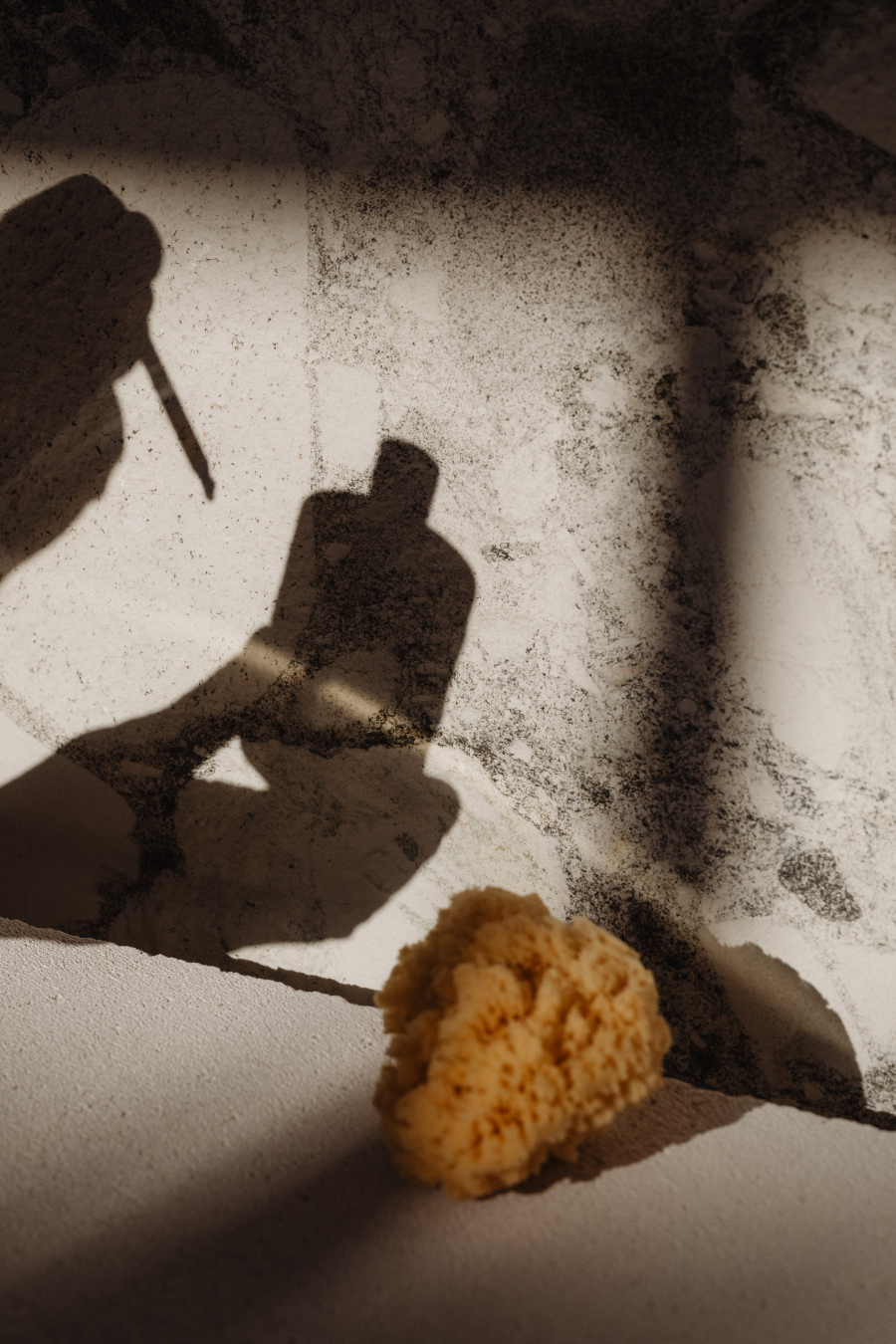
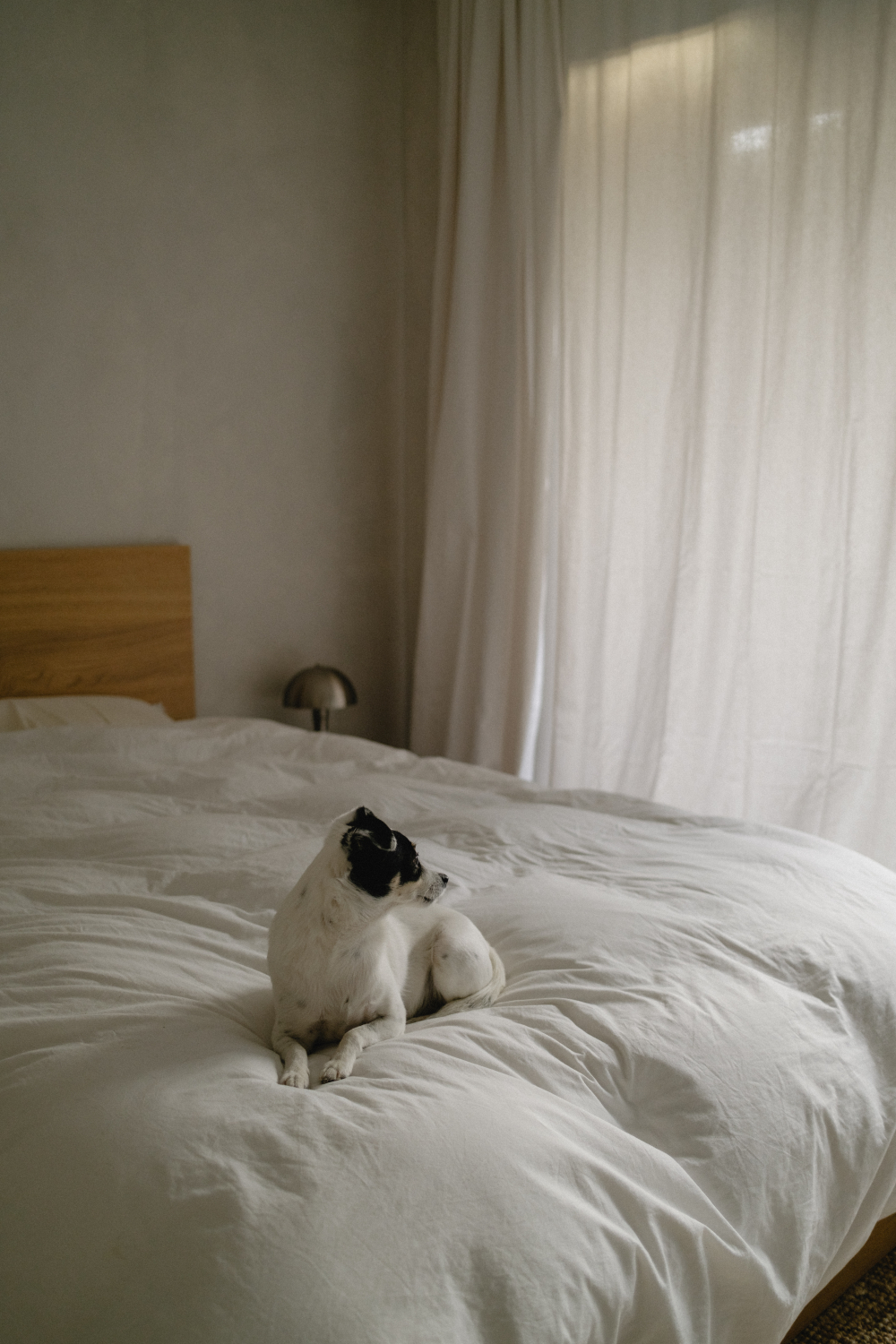
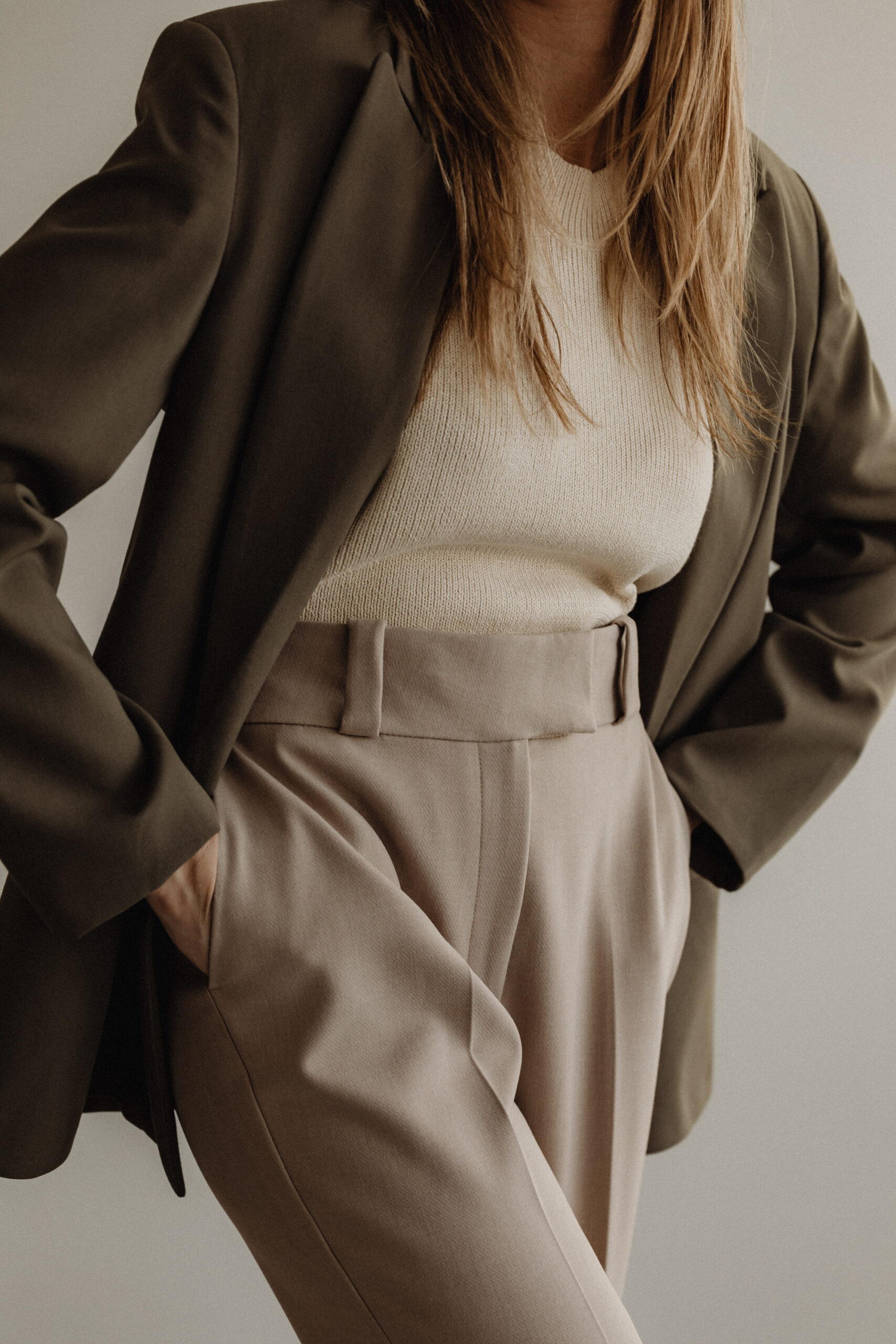




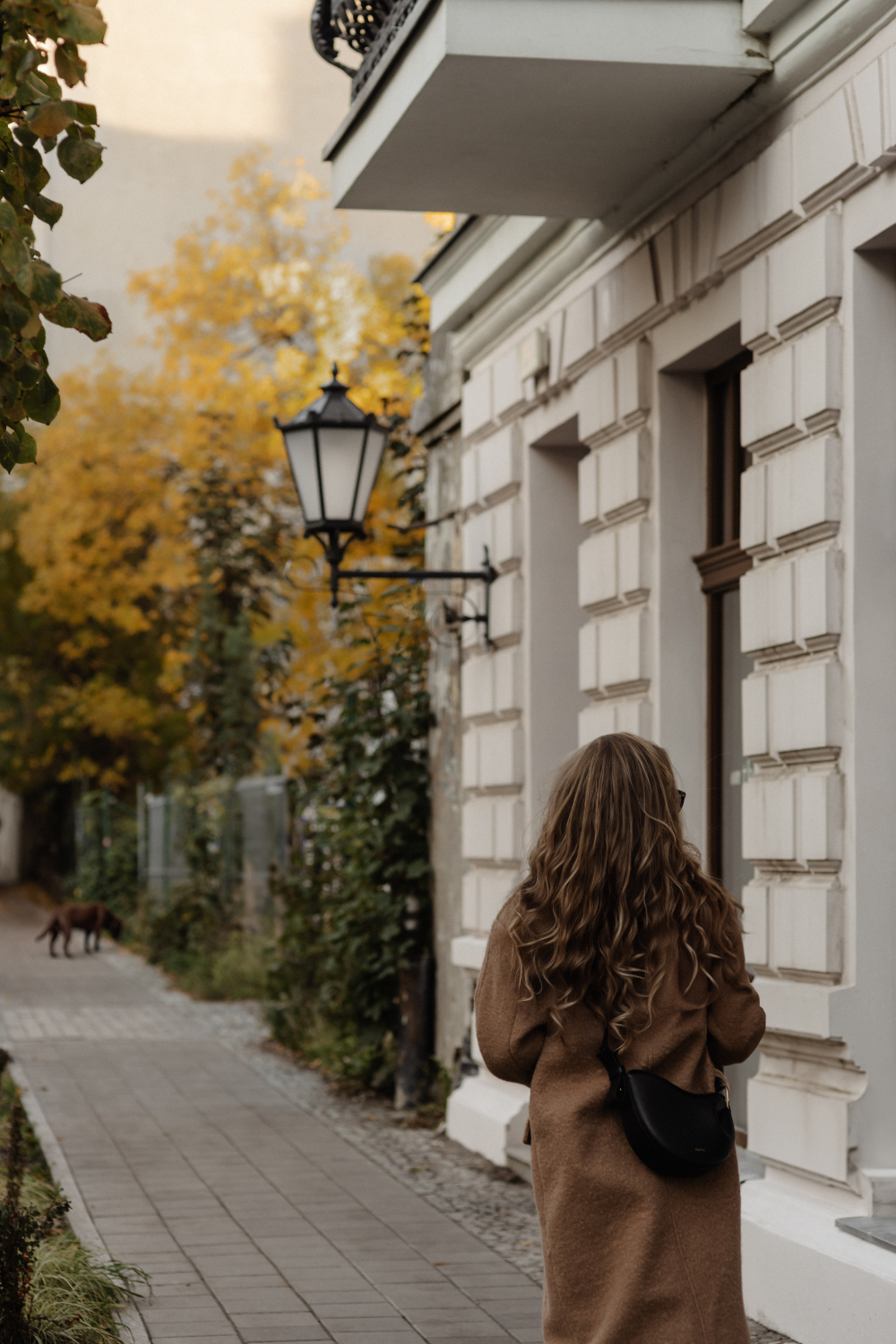
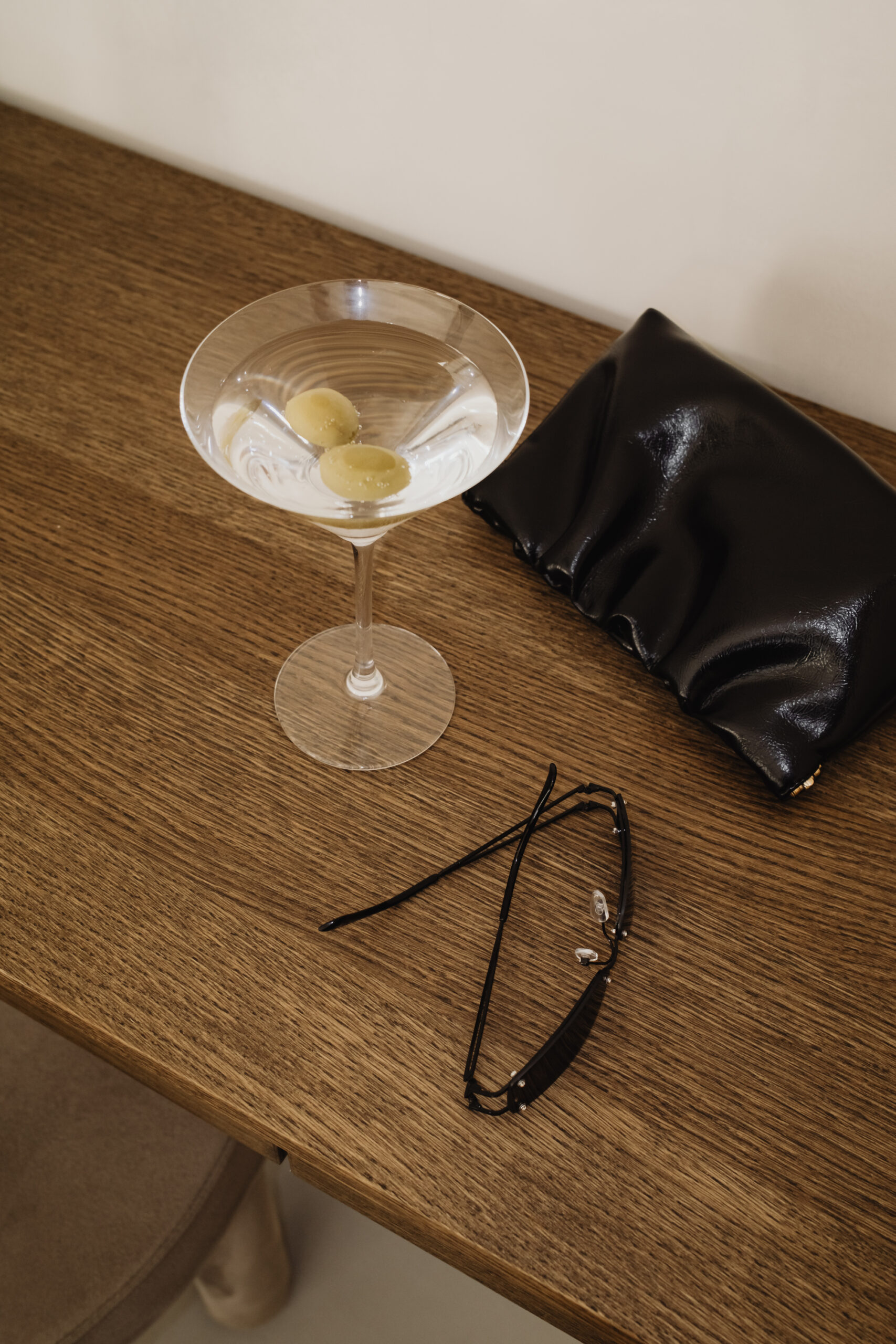
Simplified Checklist for Evaluating Free Photos
Here’s a quick guide for assessing a photo’s commercial usability:
- Use photos from trusted platforms like Kaboompics or Unsplash.
- Avoid images with logos, trademarks, or recognizable faces unless releases are provided.
- Stay away from random Google or Pinterest images unless the source is verified.
Frequently Asked Questions (FAQ)
Can I Use Photos From Google?
No, Google is a search engine, not a source of free images. Photos found through Google often have copyright protections. To use images legally, filter your search by license or stick to trusted stock photo platforms.
Can I Use Photos From Pinterest?
Most Pinterest images are not free for commercial use unless they link back to trusted stock photo sites like Kaboompics. Always verify the original source and license before using.
Does Editing a Photo Make It Legal?
No, altering a photo (e.g., cropping, adding filters) does not remove copyright protections. The original creator’s rights still apply.
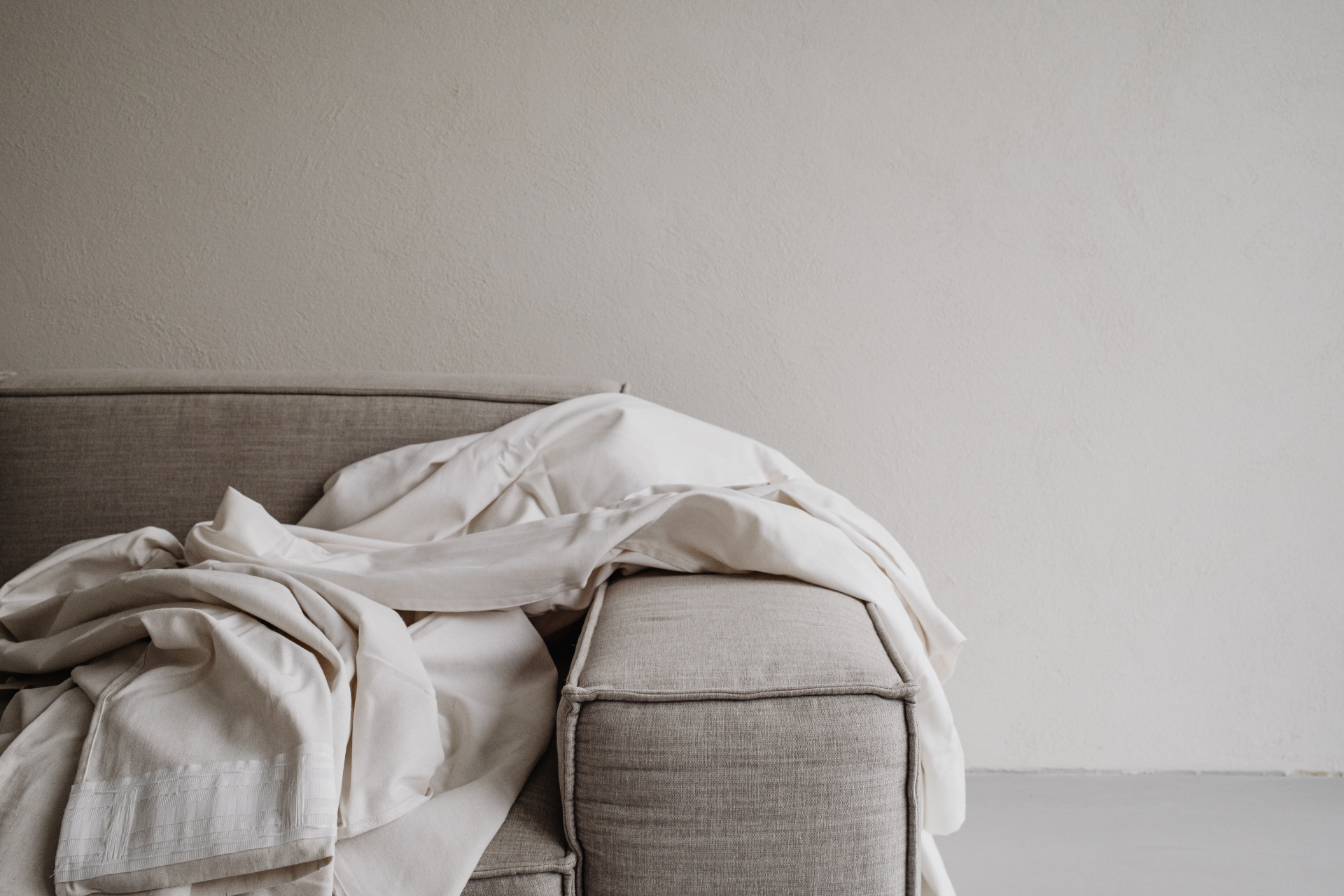
Conclusion
Using free photos for commercial purposes doesn’t have to be complicated. By sourcing images from trusted platforms, reading licenses carefully, and understanding the importance of releases, you can avoid legal risks and ensure your projects are ethical and professional.
For a safe and reliable option, explore the extensive library of photos on Kaboompics. Happy creating!
You might also like:
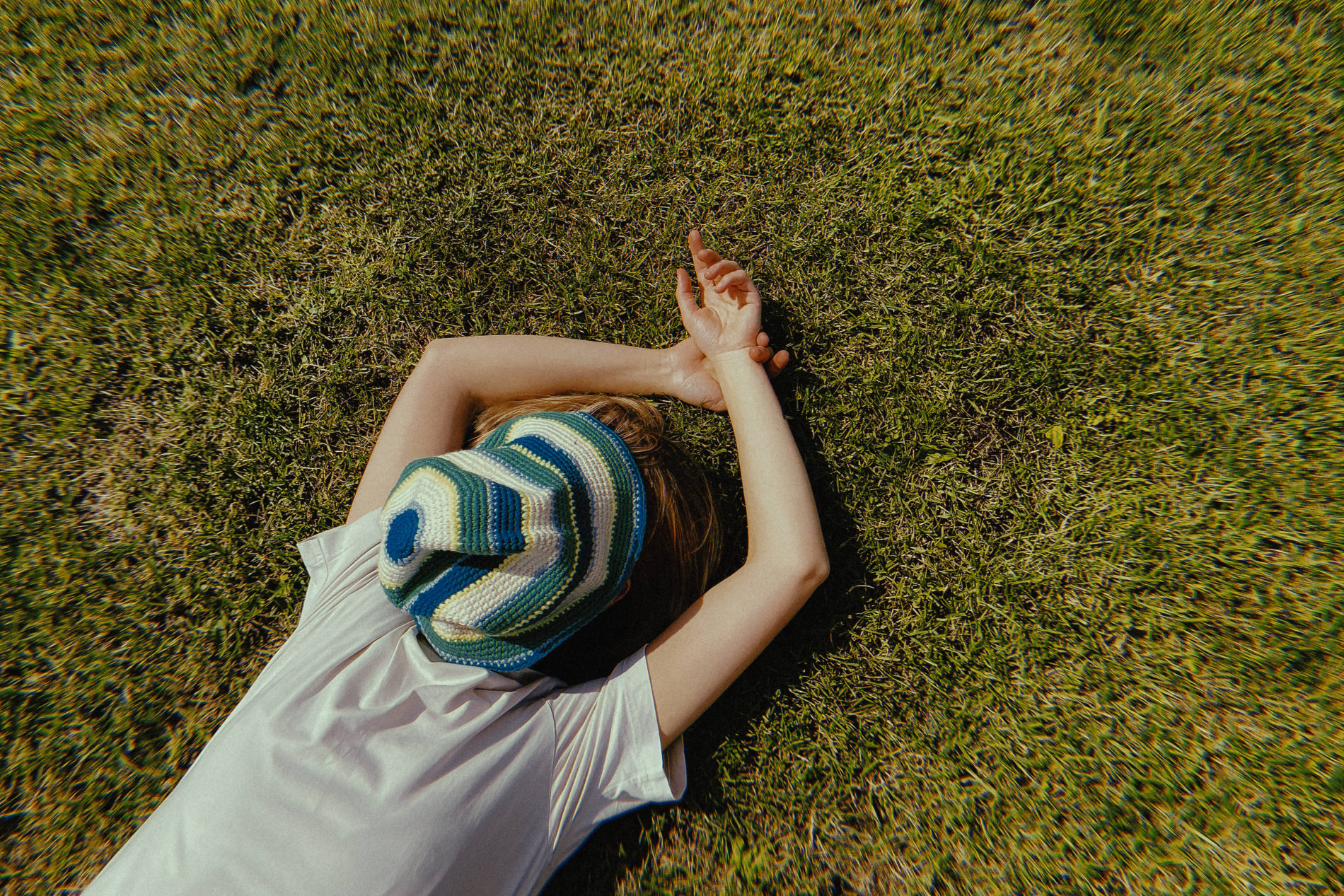
Summer Aesthetic Photos – Curated Picks You Can Download for Free
Summer always brings a burst of energy, color, and a certain lightness that we love capturing in photos. But when it comes to choosing images for summer projects, it doesn’t have to be just beaches, palm trees, or shots tagged
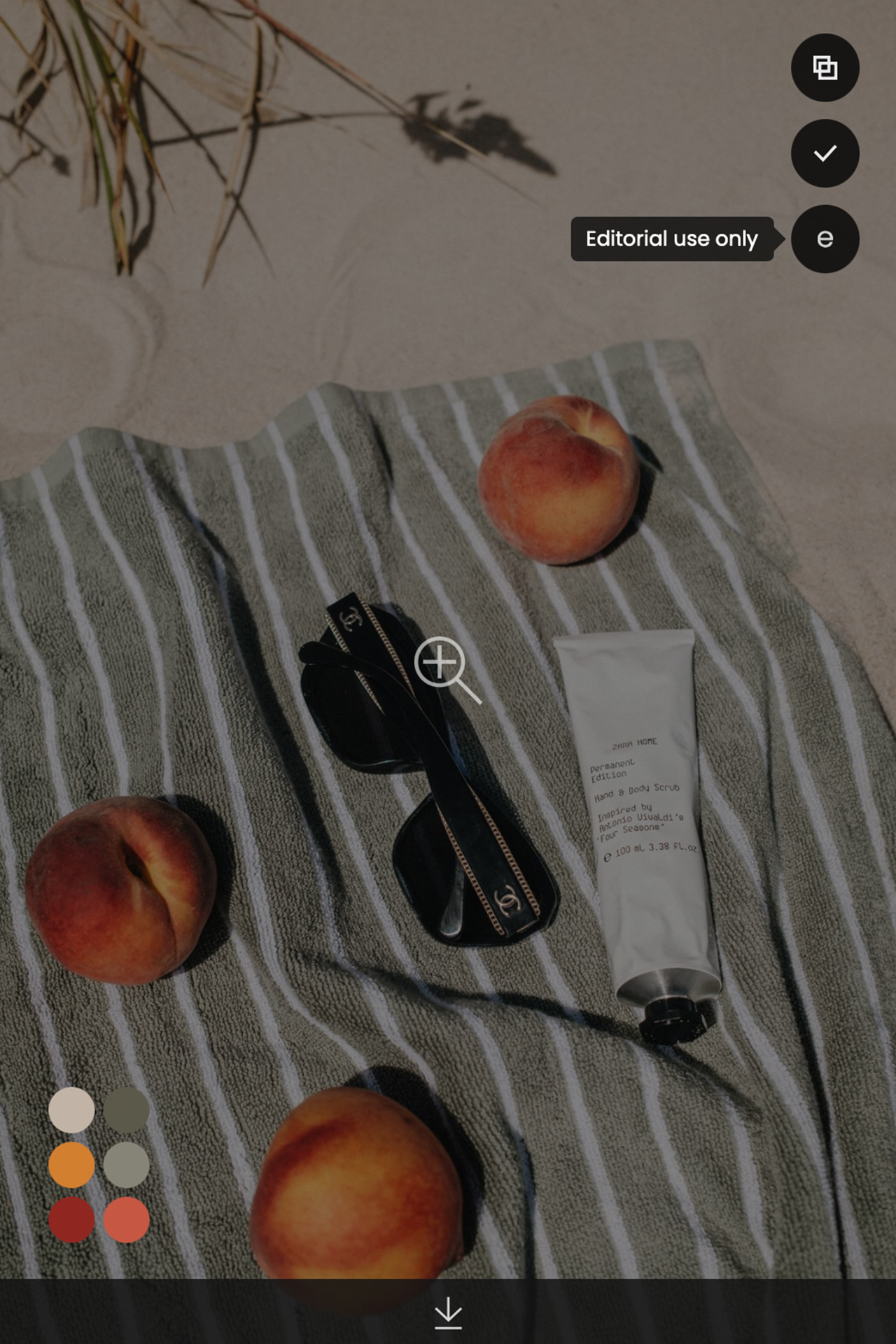
Editorial Use Only: A Clear Guide for Designers, Bloggers, and Brands
Free photos are a fantastic resource for creative projects, but they also come with rules and responsibilities. Terms like Editorial Use Only often raise questions about when and how certain images can be used safely. This article takes a closer
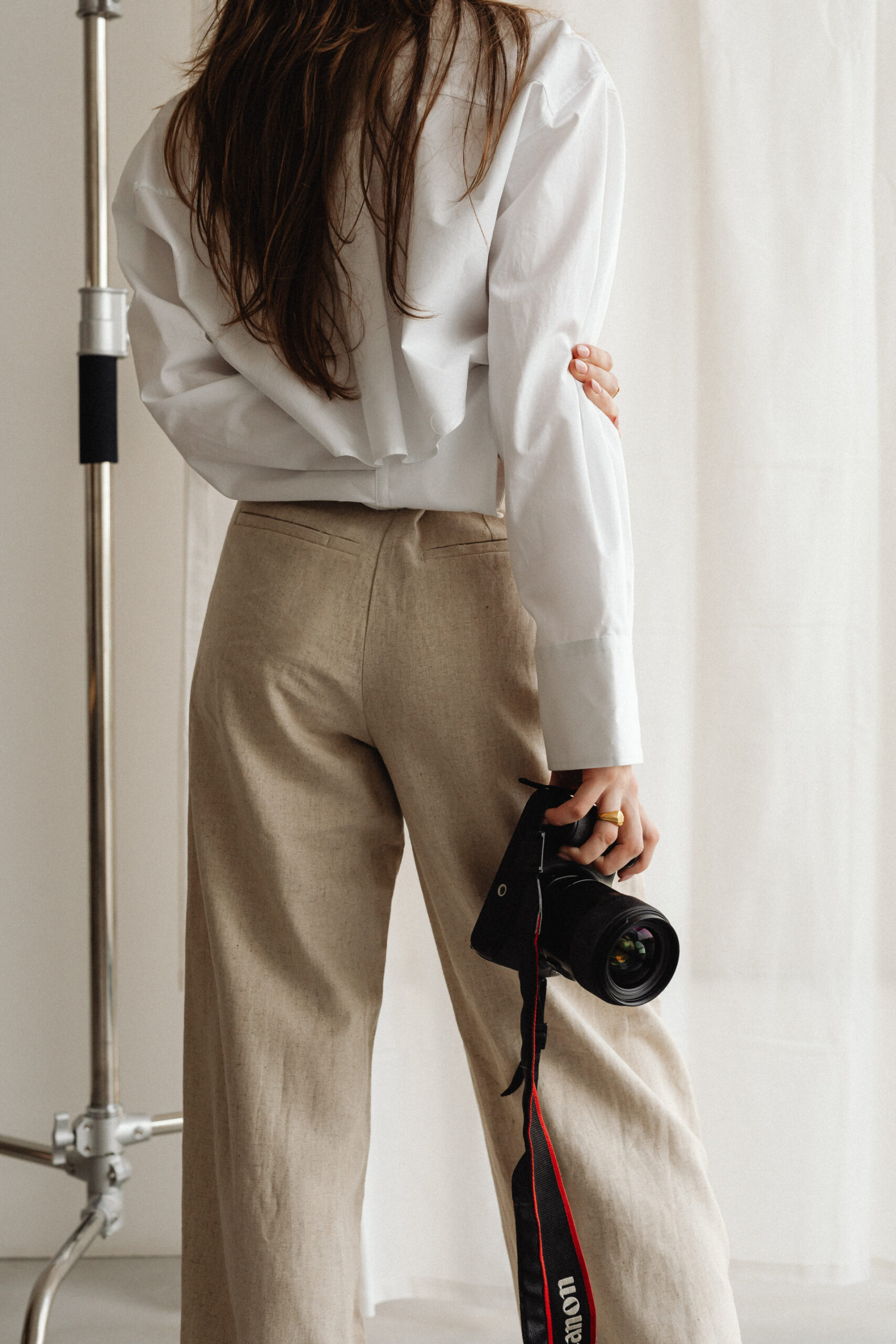
How to Know If a Free Photo Is Safe for Commercial Use
Using free photos for commercial purposes can be tricky if you don’t know how to verify their licensing. Misusing photos can lead to legal, financial, and reputational risks. In this guide, we’ll explain how to confidently determine whether a free
